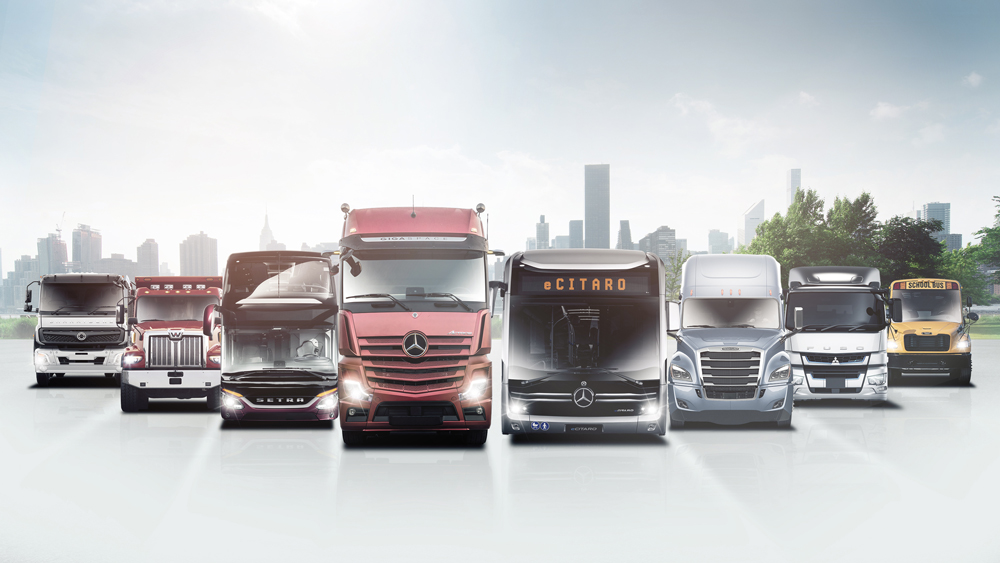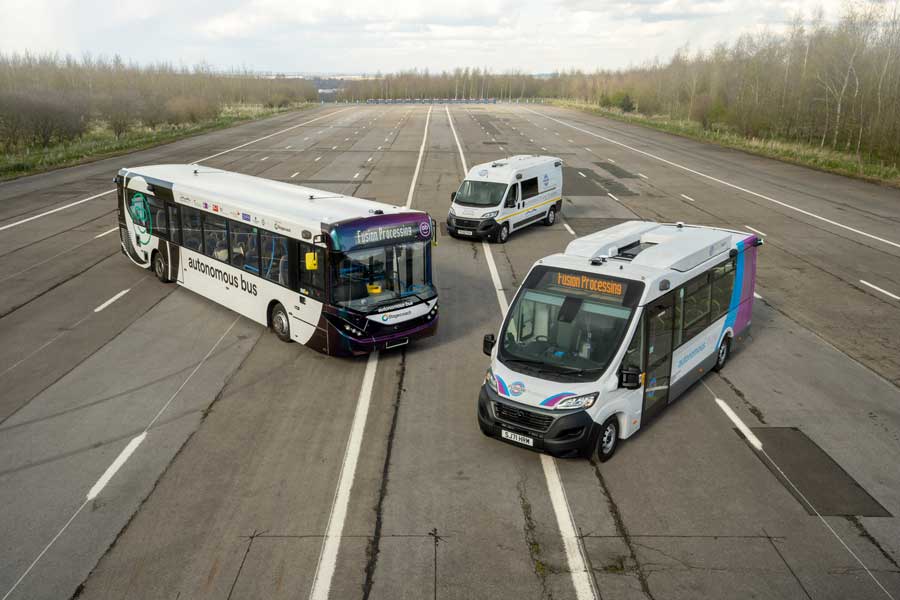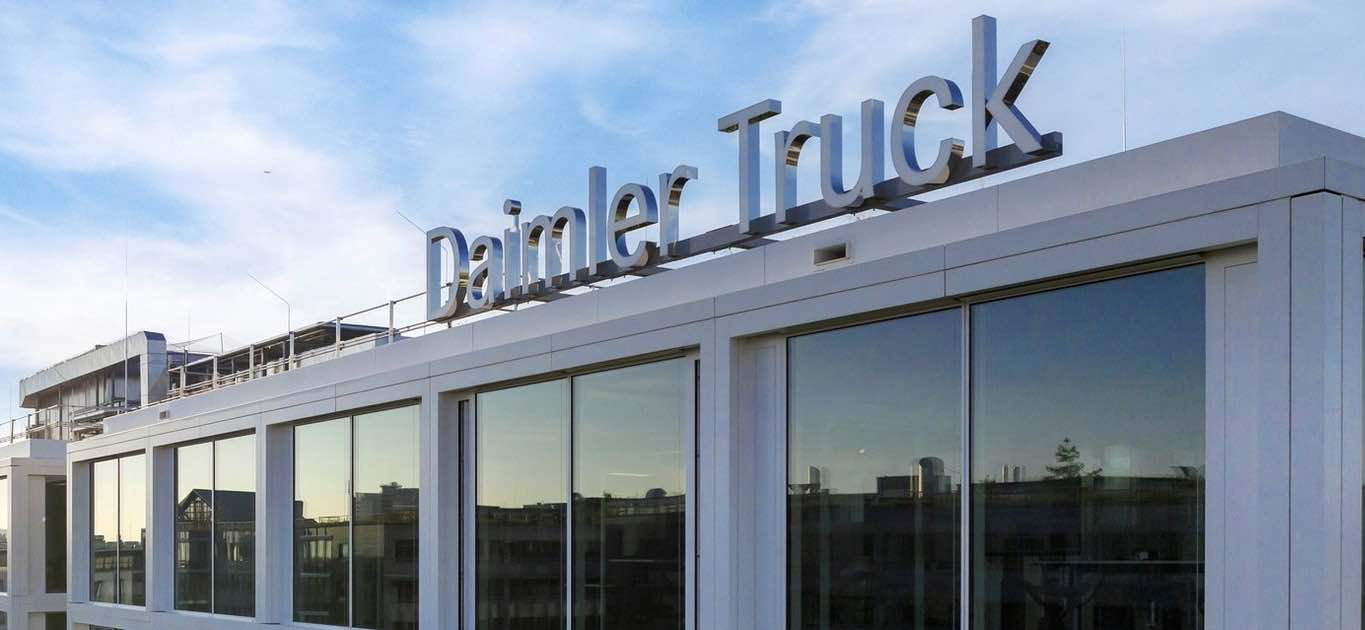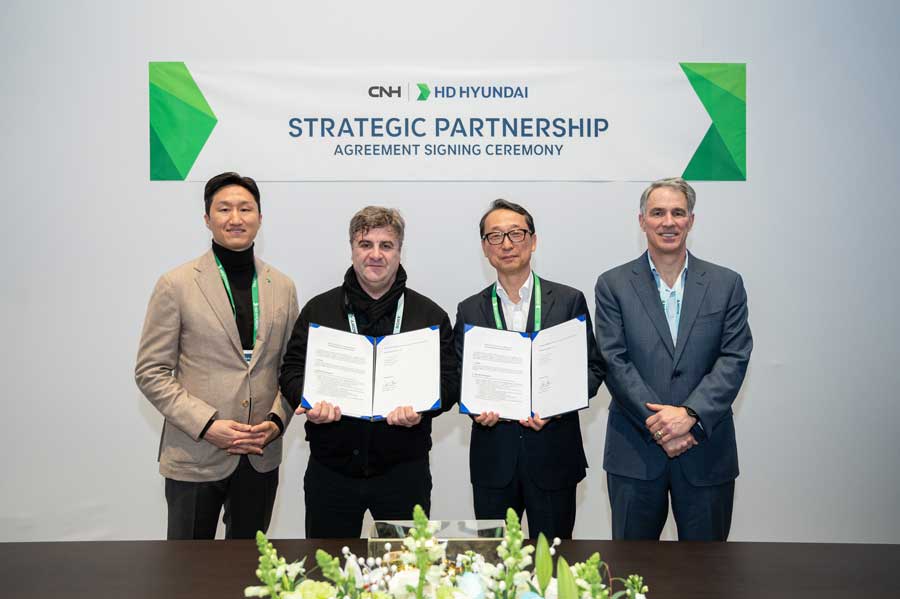Daimler Truck hosted its inaugural Strategy Day, setting out its ambitions as an independent company and its plans to unlock its full potential, both operationally and financially. Daimler Truck’s management board led by CEO Martin Daum presented strategic objectives, key financial targets and technological goals.
Daimler Truck starts this journey from a leading position, as the number one in the global commercial vehicle business, in terms of sales, market share and global reach. Daimler Truck generates over €40bn of revenue and sells over half a million trucks and buses in a typical year. With strong brands across all major continents like Freightliner, Mercedes-Benz, FUSO and BharatBenz, Daimler Truck offers the industry’s widest range of trucks and buses. The company is also a technology pioneer in terms of safety, efficiency and electrified powertrains.
Looking ahead, an independent Daimler Truck will accelerate its strategic ambitions and address its financial performance. While Daimler Truck is a powerhouse in North America, dominating the region with a 40 percent market share in the heavy duty segment and benchmark profitability, its recent record in other market regions is less satisfactory. The inconsistent regional profitability records of Europe, Brazil and Asia need to be improved significantly.
“Our mission as an independent company is clear: Our ambition is to lead the way to zero emissions in the trucking business by accelerating the development of battery and fuel cell vehicles. And we will reset profitability. We will target the benchmark in each region. Every region must deliver competitive performance and we are willing to implement the measures necessary to achieve this goal. We are willing to take hard decisions to lower our breakeven and raise our performance,” said Martin Daum, CEO of Daimler Truck AG.
During the Strategy Day, CEO Martin Daum introduced the new Daimler Truck Board, which combines the skills and the energy to deliver a change in performance and culture. Speakers included Karin Rådström, CEO of Mercedes-Benz Trucks and responsible for the Europe and Latin America regions, John O’Leary, CEO of Daimler Trucks North America, Hartmut Schick, CEO of Daimler Trucks Asia and Andreas Gorbach, head of the Truck Technology Group.
Daimler Truck details financial ambitions
Presenting the company’s financial ambitions, Daimler Truck CFO Jochen Goetz committed to improving profitability, raising returns and delivering strong shareholder value as an independent company. Daimler Truck will target benchmark profitability in all regions, and aim for an overall double digit return of sales by 2025, in a scenario with strong end market conditions.
Daimler Truck announced that it will reduce fixed costs, capex and R&D spending by 15% by 2025 (vs. 2019 actuals). Fixed cost reduction will include a personnel cost reduction target for Mercedes-Benz Trucks of €300 million by 2022, and new measures to reduce complexity streamline processes and drive sustained savings. Daimler Truck will also intensify its focus on the most profitable segments and regions. This will include a clearer emphasis on the more profitable heavy duty segment in the main regions, and refocusing investments from ICE powertrains towards zero emission and standardized global EV architectures.
Daimler Truck will put further emphasis on the growth of its aftermarket and services revenues to drive profitability, and customer retention. This includes the traditional spare parts and maintenance service business, and also financial services like tailor-made leasing, financing and insurances. New and fast growing services in the fields of digitalized, autonomous and electrified transport offer additional growth potential. Overall, Daimler Truck sees significant growth potential in services and aims to increase the revenues on the service portfolio from the current 30% towards 50% in 2030.
Daimler Truck operates in a cyclical industry. It has therefore decided to provide financial targets to account for the potential range of end market conditions and to reflect its efforts to reduce fixed costs and better manage volatility. In a so called ‘rainy’ scenario comparable to the pandemic year 2020, the industrial truck and bus operation is targeting a 6 – 7 % return on sales (RoS). In a ‘fair’ weather scenario, reflecting a normal business year, the RoS ambition is 8 – 9 %. And in a ‘sunny’ scenario, with strong market conditions, Daimler Truck’s industrial business is targeting double digit operating margins.
Targeting regional benchmarks
In a recently announced move, Daimler Truck changed the organizational structure to give each region more entrepreneurship and greater product development responsibility. Each of the major market regions of North America, Europe, Latin America and Asia will be tasked with targeting its local profit benchmark. To provide a higher level on transparency and commitment in terms of regional and segment profitability, Daimler Truck will provide full regional financials and detailed RoS targets in a Capital Market Day event in Q4, ahead of the expected listing.
“We need to reset profitability. We have set clear targets to streamline our fixed cost base and unlock growth in services. And we will also use our targeted regional approach to foster entrepreneurship and financial performance in our business units.” said Jochen Goetz, CFO of Daimler Truck AG.
Leading the way to zero emissions
Andreas Gorbach, the new CTO and Head of the Truck Technology Group, set out the premises of the Daimler Truck technology strategy: First of all, the company will ramp down internal combustion engine (ICE) powertrain spending and work with partners. For instance, Daimler Truck is already partnering with Cummins for medium duty engines. In addition the company is actively seeking additional partnerships in the heavy duty engine sector to share necessary investments. Daimler Truck will further reduce spending in conventional powertrain and redirect the vast majority of R&D spending to ZEV technologies by 2025. For ZEV technology, the company is committed to both battery-electric vehicles (BEV) and hydrogen solutions.
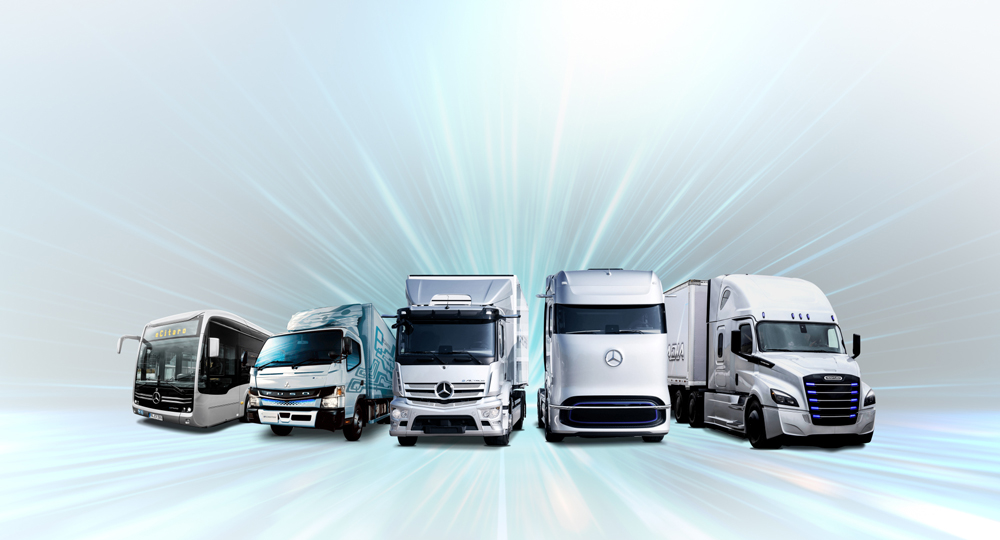
Leading the way in Battery Electric BEV Trucks
Having started with the fully electric FUSO eCanter back in 2017 Daimler Truck has established the broadest portfolio of ZEV commercial vehicles of all global Truck OEMs. ZEVs such as Freightliner’s eCascadia and eM2, Mercedes-Benz eActros and eCitaro and the iconic Thomas Built Buses Jouley are already operating on a daily basis and have driven more than 10 million kilometers in customer hands. Further products such as a 500km range eActros LongHaul will be launched in the coming years. With a dedicated next generation BEV truck planned for the coming years, Daimler Truck is aiming for a range capability of up to 800 km.
To accelerate the company’s BEV ramp up, Daimler Truck is significantly ramping up in—house eDrive technology know-how and development. In addition Daimler Truck today made some key partnership announcements in the fields of battery technology and charging infrastructure.
Key partnership announcements
Daimler Truck AG and lithium-ion battery manufacturer and developer Contemporary Amperex Technology Co. Limited (CATL), a global leader in its field, announced the intensification of their existing partnership based on their shared vision of CO2-neutral electrified trucking. CATL will be the supplier of lithium-ion battery packs for the Mercedes-Benz eActros LongHaul battery-electric truck, which is planned to be ready for series production in 2024. The supply will extend beyond 2030. The batteries will combine high energy density with ultra-long cycle life as well as fast-charging ability to meet the unique requirements of battery-electric long-haul trucks. In addition, the companies intend to jointly design and develop even more advanced next-generation battery cells and packs for truck specific applications, with a focus on high modularity and scalability in order to support different truck applications and flexible compatibility with future e-truck models. There are more details on this in a dedicated press release also sent out today.
To support customers in the early stages of operation eTrucks Daimler Truck is also kick starting charging infrastructure in the core markets of Europe and North America. In Europe Mercedes-Benz Trucks announced a strategic partnership with Siemens Smart Infrastructure and Engie to provide charging solutions for truck fleets at depots. In North America DTNA’s powertrain unit Detroit announced a partnership with Power Electronics to provide onsite consulting, installation and support for 350 kw megachargers. More details on this are also subject of a separate press release today.
Leading the industry in hydrogen fuel cell Truck development
In addition to its intense focus on battery electric trucks, Daimler Truck also intends to accelerate the development and deployment of Hydrogen Fuel Cell Trucks (FCEV). The high energy density of hydrogen, quick refueling times and the likely development of a hydrogen energy system in many markets mean that Daimler Truck is convinced that FCEVs will play a key role in commercial transportation. Backed by the cellcentric JV with Volvo AB and with a clear technology roadmap, Daimler Truck is committed to bringing these vehicles to the market.
The key challenge for FCEV technology is infrastructure. But as part of its strategy to kick-start infrastructure for both BEV and FCEV vehicles, Daimler Truck announced a new partnership with Shell. Daimler Truck and Shell have signed an agreement to jointly drive hydrogen-based fuel-cell trucking for decarbonising road freight in Europe. Both companies are committed on building-up a truck-suitable hydrogen-refuelling infrastructure and bringing fuel-cell trucks in customer hands.
This will start with an industry-first 1.200 km ‘hydrogen corridor’ between Rotterdam, Hamburg and Cologne, with Shell providing hydrogen fuelling stations along this route and Daimler Truck committing to supply hydrogen Trucks for use by customers by 2025. Again, there is more to find in an additional press release on this topic.


